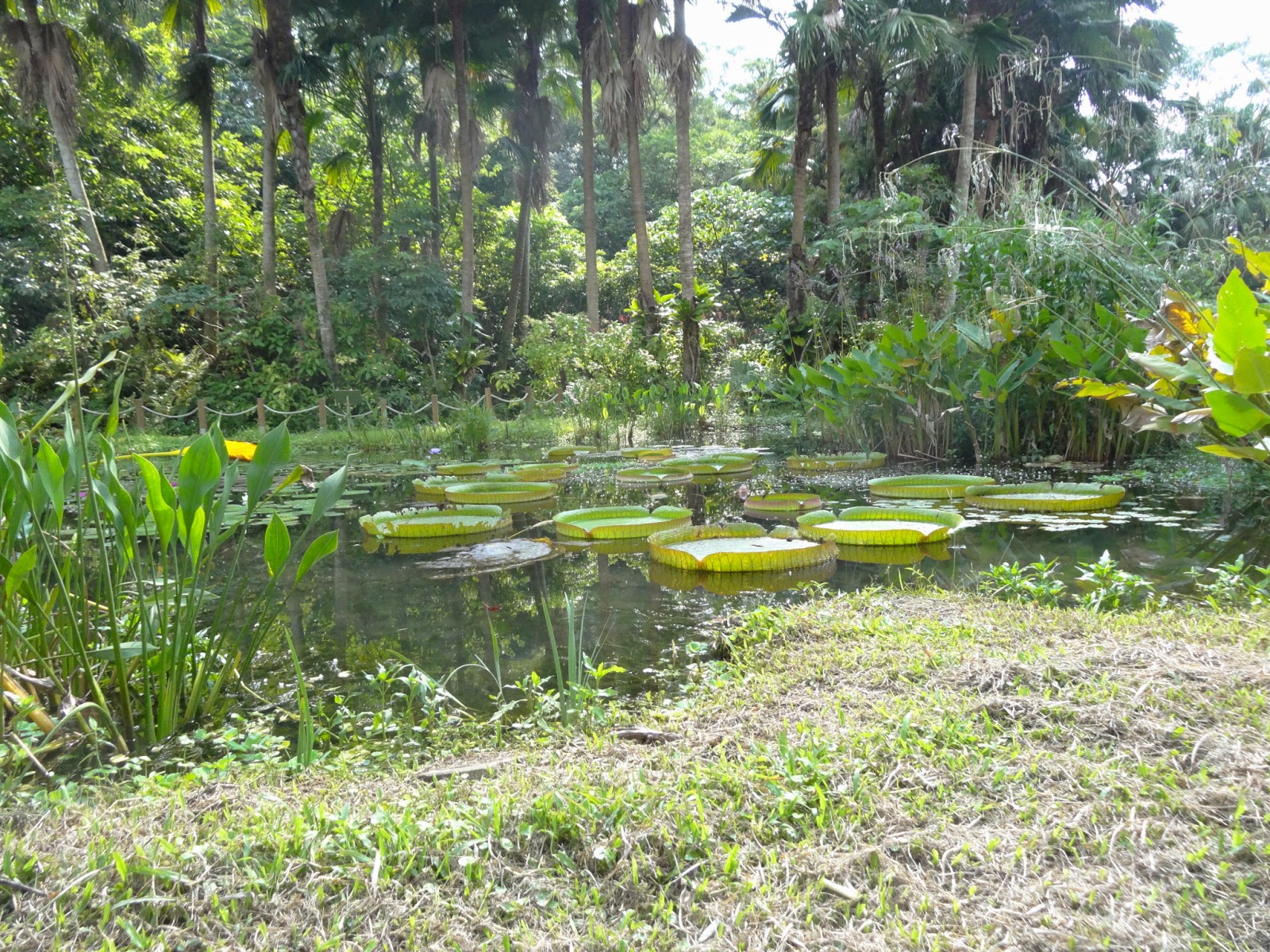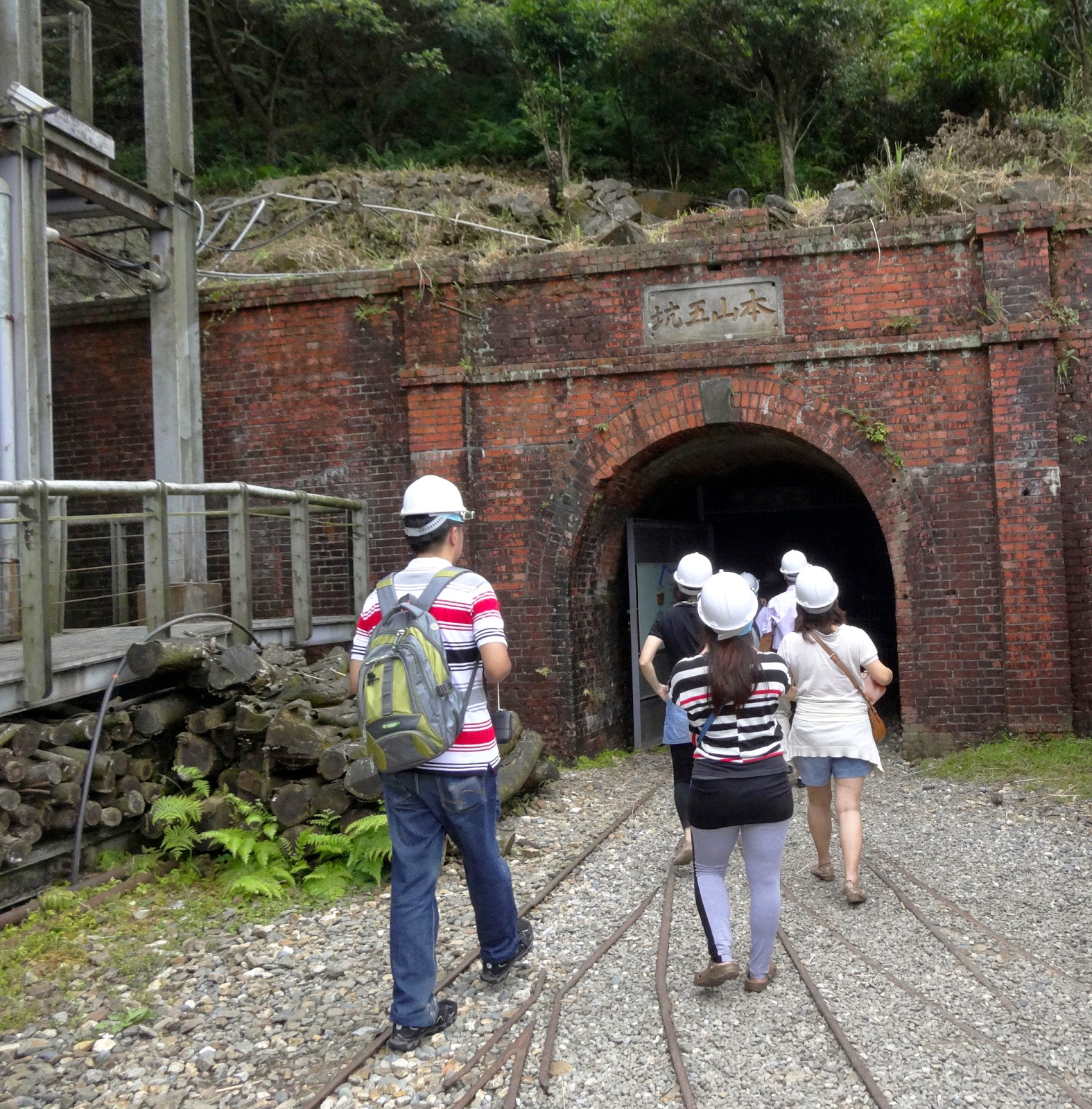The tree above is at the Miramar shopping centre near Jiannan MRT station, and this in only one facet of its decorations. The ferris wheel is also brightly lit, inviting Taipei citizens from near and far to come and worship the gods of consumerism.
We were at Miramar the other day to see the final part of The Hobbit, which I found to be the best of the three, though that may have something to do with the fact my husband snuck a bottle of wine into the cinema.

I'm not a big department store shopper, and I didn't do my Christmas shopping at Miramar, but there are plenty of stores for people who like to do all their shopping in one fell swoop. When I did go shopping a couple of days later, I passed the large store in Xinyi on my way to Eslite. Like all the others, this store was festooned in true festive spirit.
Outside Eslite were what I think were giant Russian dolls, because Christmas!

And the front of Eslite was also decorated with ... fireworks? a huge rose? Pretty, anyway.
Even some MRT stations have their own Santa and Christmas tree.
I like to shop in narrow streets and small shops at Christmas time. I suppose because the experience is more intimate and personal (and cheaper). The City Mall at Taipei Main Station is always worth checking out for bargains. When I went there the other night, I found a new development called Gashapon.

'Small Capsule, Big Surprise' reads the slogan. Behind the sign stand rows and rows of capsule machines where for NT$ 20, 50 or 100 you can take a chance at buying a capsule containing a toy or other fun item.
City Mall is also the short cut to Taiyuan Road, which is one of my favoured narrow streets full of small shops in an area of narrow streets and small shops. Exiting at Y13 from City Mall brings you out at Taiyuan Road and two shops well known for selling Christmas decorations and other knick-knacks.
Taiyuan Road is also home to my number one favourite toy shop in Taipei, Dong Dong Toy. This shop, at No. 54, stocks toys from all over the world, crammed into its tiny two-storey interior. I never fail to find something interesting for my own and friends' children here.
We're postponing Christmas to Sunday this year so that we can properly enjoy it, rather than try to fit it into a school day, so my shopping still isn't over. Like Christmases everywhere, Christmas in Taipei is tiring, but fun.





.jpg)










































